Author: Zhu Yulong
In the North American market, there are two directions that General Motors must consider: how to compete in the mid-sized SUV and pickup truck segments, and how to electrify American muscle cars. These are the profitable vehicle types of General Motors. With Tesla, Ford, and Stellantis (Chrysler brand) all entering this field, electrification investment requires good design in these areas at a minimum.
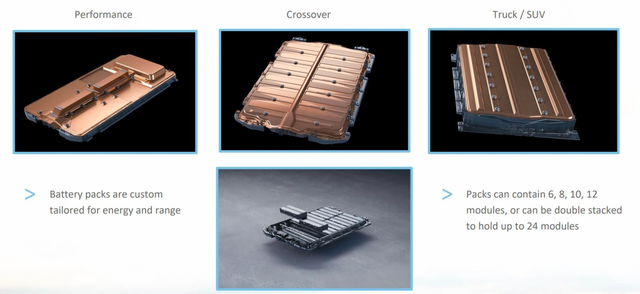
General Motors’ structured battery design
In General Motors’ and Ford’s design concepts, structured batteries are actually considered from the perspective of the vehicle body structure. The core design is to create a design within a load-bearing body such as pickup trucks and SUVs. In essence, this is the same thing as the slide-in chassis proposed by Rivian, but I have to emphasize that the concepts of CTC that the United States is doing in pickup trucks and SUVs, CTC that Tesla is doing, and those done by Chinese start-ups such as CATL are actually different.
Note: I want to single out this concept and see how everyone does their own strategic intentions within one concept.
The following figure shows General Motors’ chassis design, which is an integrated design at the entire vehicle level. The battery module has been installed, and the benefit is not just in the Z direction. The battery is thick enough that large-tire SUVs and pickup trucks do not care, and the Hummer EV can even be raised by active suspension. Its greatest benefit is its overall solidity.
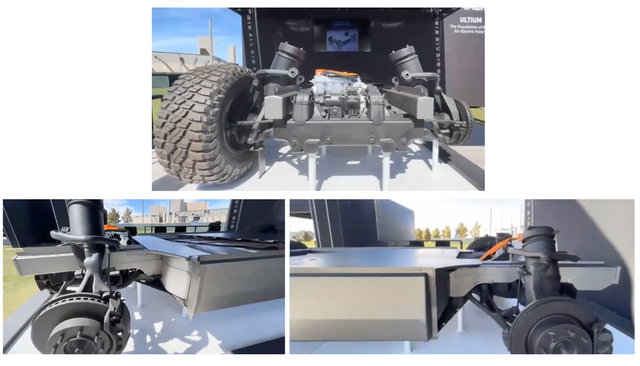
In normal passenger car design, a high-strength “well” shaped frame structure is used, with ultra-high strength steel accounting for 37.5%. The transverse beam in the battery pack and the side protection beam of the upper cover assembly use 1500MPa ultra-high-strength steel, and the tray assembly uses 10000MPa bottom protection.
I have always felt that this is somewhat over-designed for normal passenger cars, but in American muscle SUVs and pickup trucks, this is just standard design. Therefore, the battery’s high-strength structure extending to passenger cars may be slightly heavier in passenger cars, but in American pickup truck designs, this stuff is the first crash-resistant electric battery in the world.
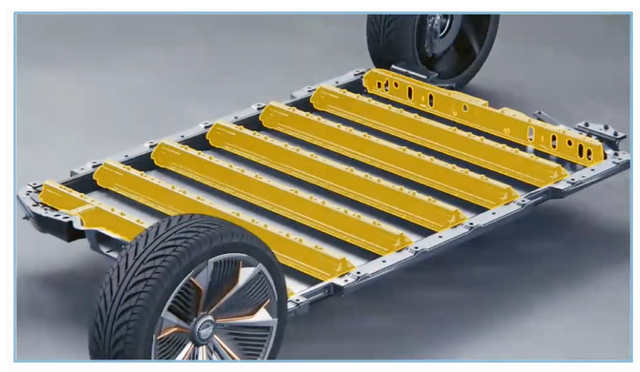
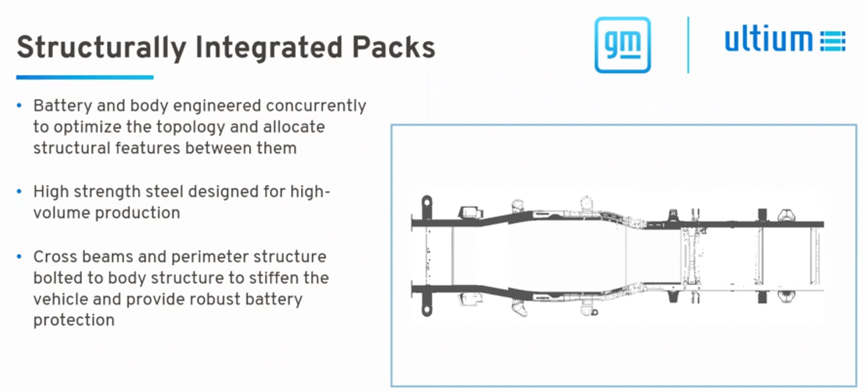
In General Motors’ consideration, the design of this type of battery structure is specially considered. Coupled with the design of high-strength steel, a very solid chassis is created. From the structure point of view, the battery pack should be made more solid.
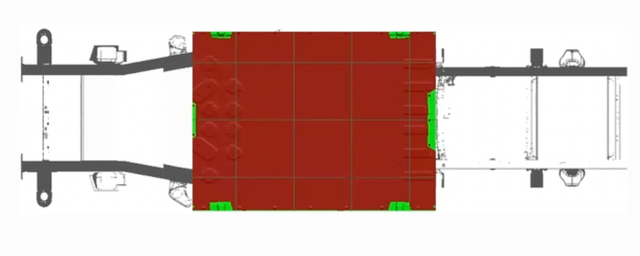
Therefore, the battery is made very strong, using the design of high-strength steel, which is actually considered from the perspective of the overall vehicle structure.
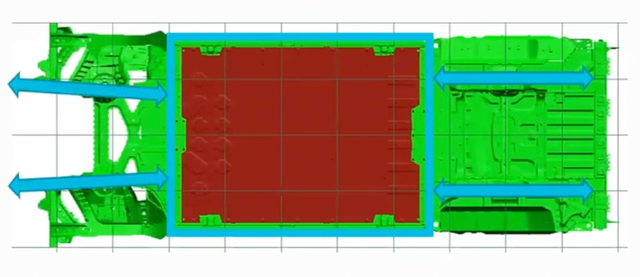
The following picture is not just a double-layer steel beam structure, but also a high-strength battery shell that meets the needs of the entire vehicle body.
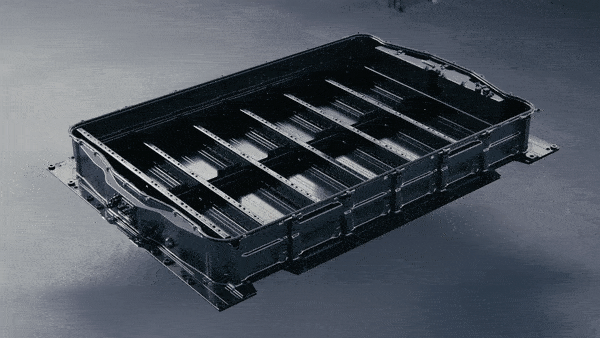
There is also an interesting point. Because of the 800V charging requirement, as mentioned earlier, the 800V system can achieve 800V fast charging through voltage configuration.
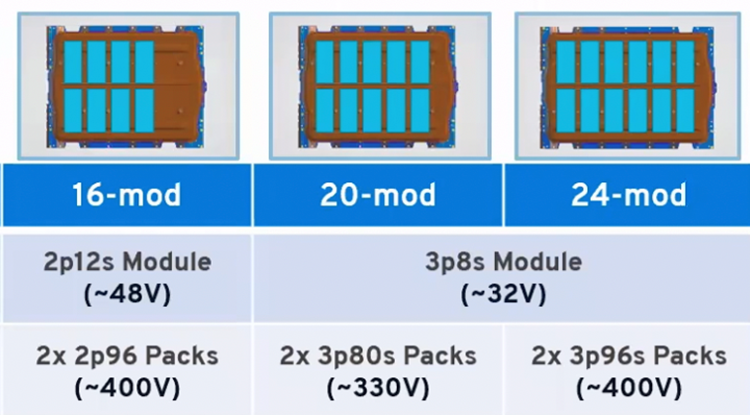
The core issue here is that the current of 400V charging is too high, so an 800V series structure is used for charging.
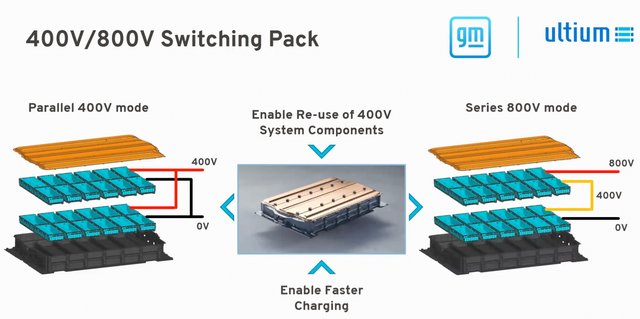
In my opinion, this is due to the fact that it was not well considered during the planning stage. General Motors may need to adjust this part in the later stage. The SiC system with 800V has a good energy-saving effect for 160kWh-200kWh. It’s better to directly make a high-voltage battery than to configure a high-voltage relay for 800V charging.
Low and Short Battery Design
Then there is this low and short battery design. In my understanding, this design is similar to the idea of i4. All low and short battery designs must consider how to balance energy. Currently, the choice of low and short batteries is either like this stack of soft packs, or using cylinders or blades to make CTC.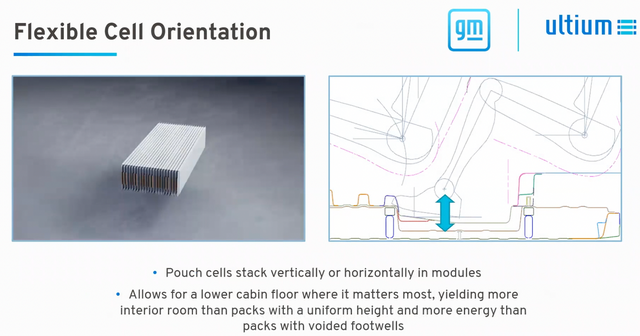
The design of the following battery pack is highly likely to be the ultimate destination for sports cars. Anyway, the quantity is not large, so there’s no problem in making it like this.
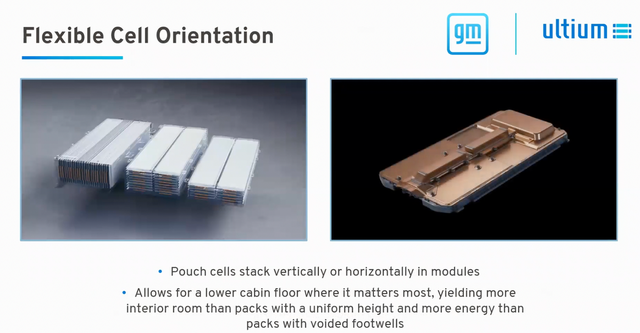
Summary: This company is very excellent in terms of strategy, but relying solely on engineering executives at the 50-60 level to do groundbreaking designs is a bit difficult. It can only be said that they are trying to follow. Writing up to this point really makes me feel emotional. Innovation still needs young people to do it and the elderly to help, rather than the elderly coming up with ideas and letting young people fill in the gaps.
This article is a translation by ChatGPT of a Chinese report from 42HOW. If you have any questions about it, please email bd@42how.com.
